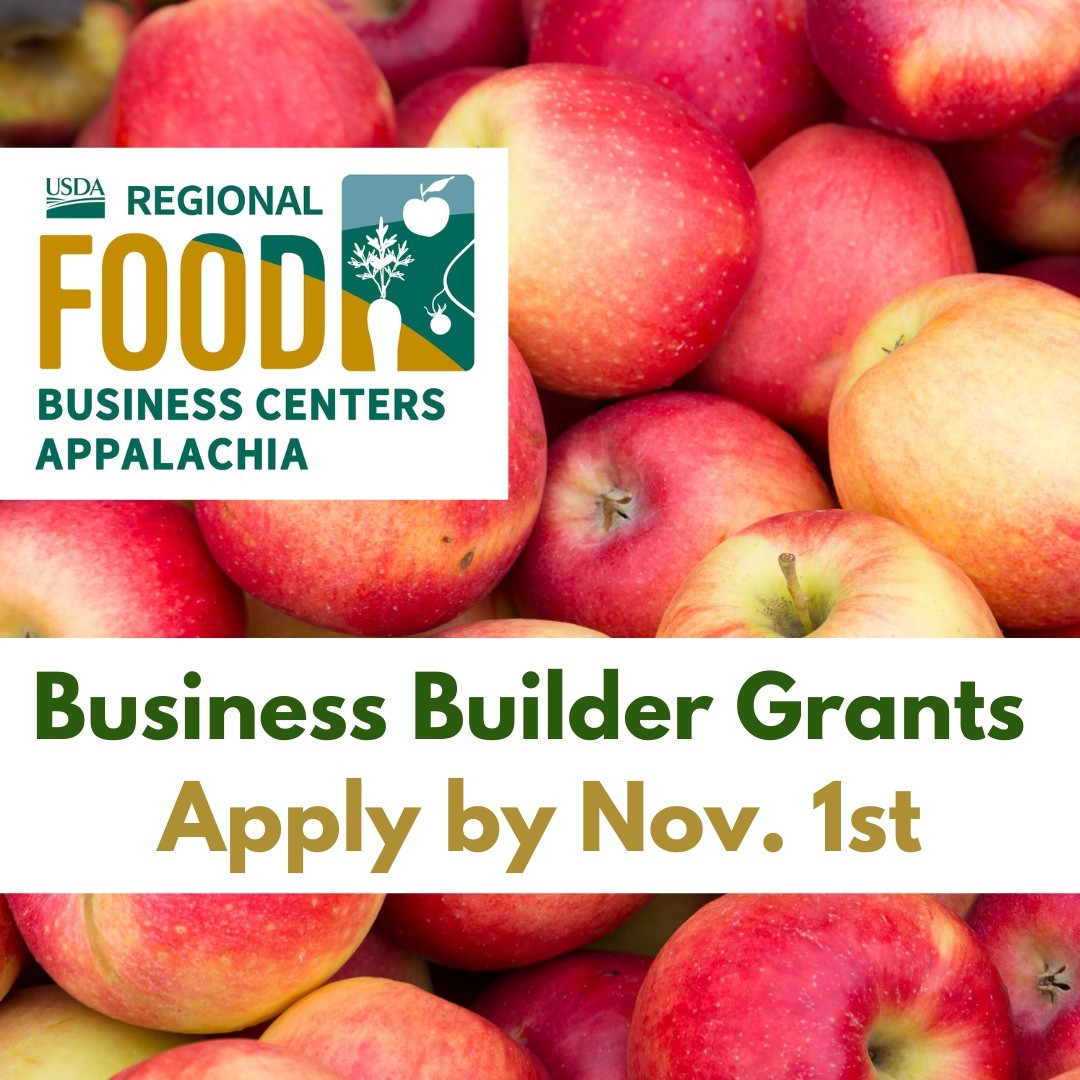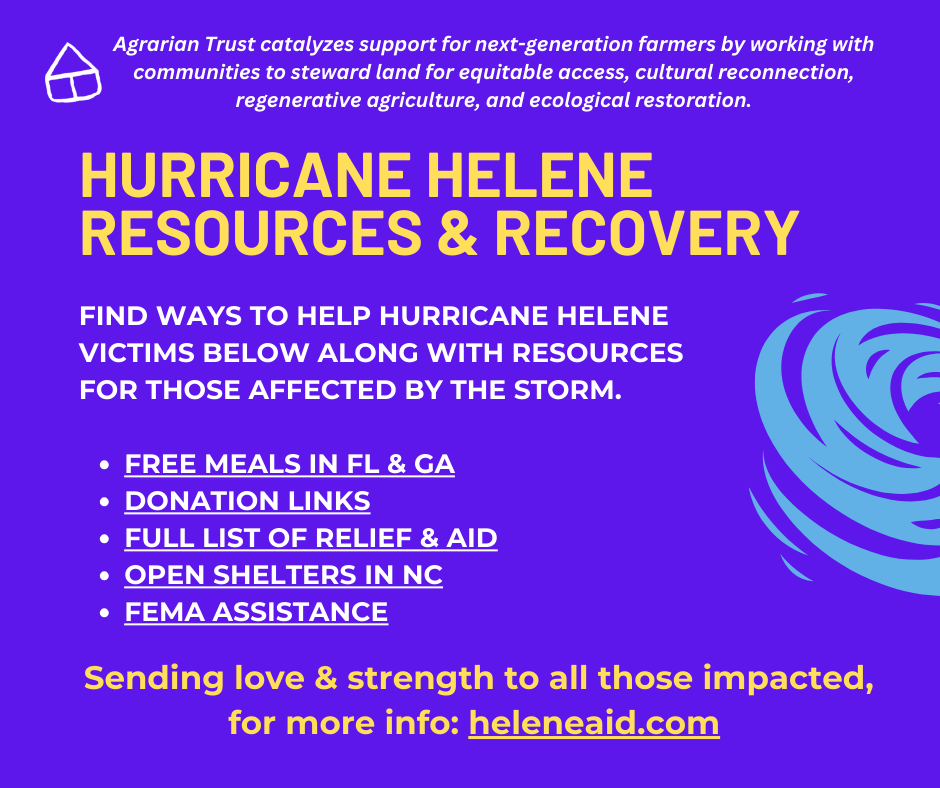By Michael Levitin from NationofChange.org
There’s a new currency here called Bay Bucks that’s helping businesses trade in services and get off the dollar. There’s a new agriculture-tech startup called CropMobster helping redistribute excess produce and cut down on food waste. And a new electricity provider, Sonoma Clean Power, just flipped on the switch May 1 to supply tens of thousands of Sonoma County residents and businesses with renewable energy.
Call it the Solutions Movement. Something is stirring in northern California and it feels a lot like the future – not the Android kind, and definitely not the Wall Street kind, but a more abundant, collective form of wealth that’s being generated in a community whose new energy, food and economic systems seem to be falling in sync. The takeaway from last week’s Sustainable Enterprise Conference, held in Rohnert Park an hour north of San Francisco, is that the future here looks sustainable because people believe it can and must be so.
As Gil Friend, chief sustainability officer for the City of Palo Alto – which delivers carbon-neutral electricity to all of its commercial and residential customers at a cheaper rate than the utility giant Pacific Gas & Electric – put it: “What we’re here to do is to transform the economy of the planet – and to do it in one generation. Cities have an enormous opportunity to drive this change [through] the policies and initiatives we enact.”
Citing the way FDR forced the U.S. auto industry to transition overnight to the war effort, and how JFK beat the Soviets in sending a man to the moon, Friend said today’s “billion dollar storms” are symptoms of a climate crisis that requires all hands on deck. Silicon Valley “is a place in the world where you don’t get to say, ‘It’s impossible.’ Here it’s: ‘How do you invent the possible?’ What if we had to?” he told the audience of several hundred. “We vote for a future every day – every time we slap a dollar on the table, we vote for the world.”
Energy
Solar – the buzzword right now in investment circles from Silicon Valley to Washington and Wall Street – got lots of attention at the 9th annual SEC where business, community, farming, energy, financial, policy and design leaders convened from across the North Bay.
Celebrating the launch of Sonoma Clean Power, CEO Geof Syphers said this 500,000-person county already had 63 Megawatts of solar energy installed, “sending a signal to the market that we want to bring more renewables, [and now] we’re talking about growing new opportunities to take it to the next level.”
Cutting carbon emissions by 30% and saving residents millions of dollars will inspire other California cities – from Lancaster in the south to Davis, Santa Cruz and Mendocino in the north – “to start their own local power agencies,” he added. “Now there’s a market for your solar power, with new fleets of electric cars and charging stations on the way.”
While local installer companies like Solar Craft and Stellar Energy were talking up their brands, the Solar Action Alliance presented itself as a new kind of advocacy and educational group that hosts workshops to teach residents the ins and outs of the solar business – and encourage them to buy local when choosing to install solar. “Tax revenue is the key. If you install locally, owners spend money locally: it’s about the community and the area,” said program manager Jenise Granvold.
Youth Movement
Also involved in growing the local solar market were the high schoolers who showed up to the conference. Teacher Len Greenwood was flanked by a half dozen of his students who are enrolled in a novel Sustainable Practices program at Montgomery High School in Santa Rosa. Several years ago, Greenwood looked around at California’s 25% dropout rate for high school students – and the same rate in vocational schools – and saw an opportunity.
“Those were the hands-on kids,” he said – the ones who could be trained in green jobs like land restoration, permaculture, environmental law and solar installations.
Now, dozens of teenagers are enrolled in the green careers trade school program that Greenwood designed, as well as a School Garden Mentor Program where students earn $9/hour in the summer taking care of gardens at 80 elementary schools across the county. Greenwood uses his off-grid organic farm as a teaching tool, and his students land green internships that often turn into steady work: in the past five years, 28 students were trained in entry-level solar installations, and today 20 of them are employed in the industry.
“I’ve always had this passion to help the planet,” said 17-year-old Stephanie Fernandez. “The course has opened up opportunities to meet people who are also in this fight. I’m not just sitting in class all day. I’ll go out to the farm and get down on my knees and do a whole bunch of work. I strive for sustainability.”
Her colleague Hunter Rinnels, also 17, said he wanted to study animation but didn’t have the patience to be in front of the screen all day. “Doing something bigger, having an impact on the world: I feel good to be at the forefront of something,” Rinnels said. “I’m into the solar and wind business. I like creating ideas, being able to organize the ideas, and then execute them – put them into action. You just have to show people there are different ways to do things.”
Innovative Business
One panel at the SEC dealt specifically with B-Corps, or Benefit Corporations – there are more than 150 now in the Bay Area alone – which have sustainable practices built into the core business model so that even if they get sold to bigger investors, their environmental and good governance standards remain locked in.
A few companies stood out at the conference, like the Sebastopol-based clothing designer Indigenous, which features a “Fair Trace Tool” to show consumers the full production process – where and how their garments are sourced, who makes them, and what energy is involved to get them to market.
Another firm, Scope 5 from Seattle, was selling its sustainability software which gathers all of a company’s data into an online dashboard, then helps keep track of how much carbon and waste the firm produces through its entire supply chain.
And Santa Rosa-based Bijan’s Protective Equipment, Inc., or BPE-USA, came to highlight its “upcycling” program: it makes reusable bags out of recycled, locally sourced fabrics, canvas and other materials. After selling more than 4.5 million knee and elbow pads to the U.S. Army, BPE-USA turned its sights to overstock and salvaged fabrics – in some cases old truck tarps – to create new value out of used goods. The company’s COO, Steffen Kuehr, said he recently signed a deal with Sonoma County to make 10,000 reusable shopping bags from recycled fabrics – just in time for the ordinance that goes into effect here in September, which will ban stores from using plastic bags.
Resilient Food Systems
But arguably the biggest excitement at the conference emerged around the expansive, collaborative network of farms and farmers who are changing the county’s food system – the way food is grown, sold, distributed, shared, funded, eaten and diversified.
A morning panel, Eating for Success, featured Ag Innovations Network director Joseph McIntyre, who helped produce the Sonoma CountyFood Action Plan, a blueprint to convert the county’s $2 billion annual food economy into a sustainable, equitable food system “from farm to fork.”
“People not only want to know where their food comes from, but what are your practices with water conservation, are you using pesticides, are you using GMO feed for cattle?” said Rich Martin of Redwood Hill Farm & Creamery, which specializes in organic goat cheese and goal milk. People are “looking at the total supply chain and creating relationships around food that reflects values for the broader community,” he said.
Evan Wiig, who founded the growing statewide Farmers Guild network, told people there are lots of ways to get beyond the grocery market, eat healthy and build a stronger food system all at once. “We go to the grocery store and think we have a lot of options, but we’re so far from the source,” he said. “Here in Sonoma County there’s an alternative food system where farmers and ranchers provide you more options than you’d ever have in your grocery store – not to be at the whims of the system, but to actively engage [with it].”
The slew of local-grown groups networking at the SEC seemed to demonstrate that – representing the region’s young, empowered, tech-savvy and resilience-minded farming community, from CropMobster and Farms Reach to the Good Food Web, the Agrarian Trust, F.E.E.D. Sonoma and Community Alliance with Family Farmers.
Additionally, a pilot program recently launched under Kiva, the Bay Area non-profit that facilitates micro-loans to small farmers around the world. Called Kiva Zip, the plan is to do at home what Kiva has already done on a global scale: connect small U.S. food and agriculture entrepreneurs with investors through crowd-sourcing to get projects off the ground.
“There hasn’t been micro-lending like this in the U.S., where individuals crowd-source loans and build relationships with small farmers,” said Kiva Zip’s Arielle Moinester. “It’s exciting, the energy of people wanting to lend to local sustainable agriculture based on personal relationships and a viable business plan – not based on credit – so they can leverage $25 to support entrepreneur after entrepreneur.”
Finally, Daily Acts, based in Petaluma, announced at the conference that it’s hosting a Community Resilience Challenge on May 17-18 to inspire thousands of people, regionally and nationwide, to commit to individual actions that save water, grow food, conserve energy and build community. The idea, said programs coordinator Angelo Silva, is to “understand that many of us are doing this work. Partners are growing, we’re spreading the toolkit, we’re not alone.”
A sustainable economy of the future, and part of a growing Solutions Movement putting creative ideas into practice today, Sonoma County may soon attract others to follow. “It’s the rippling effect,” Silva said.




